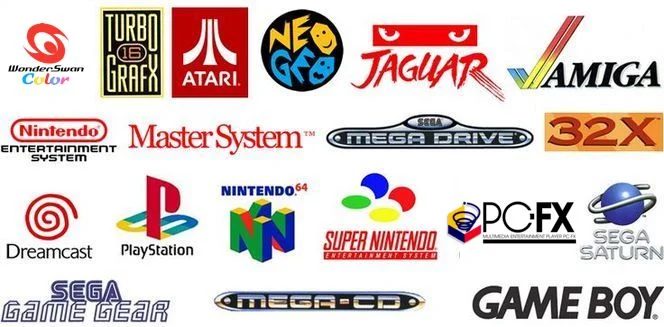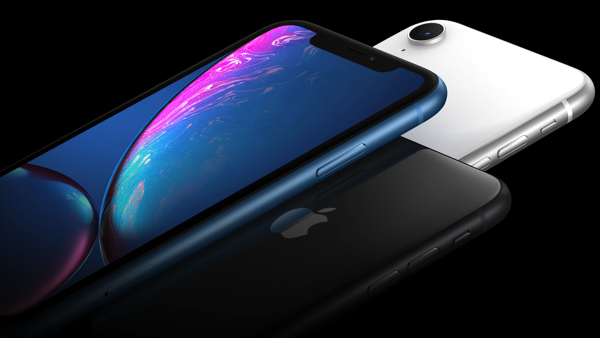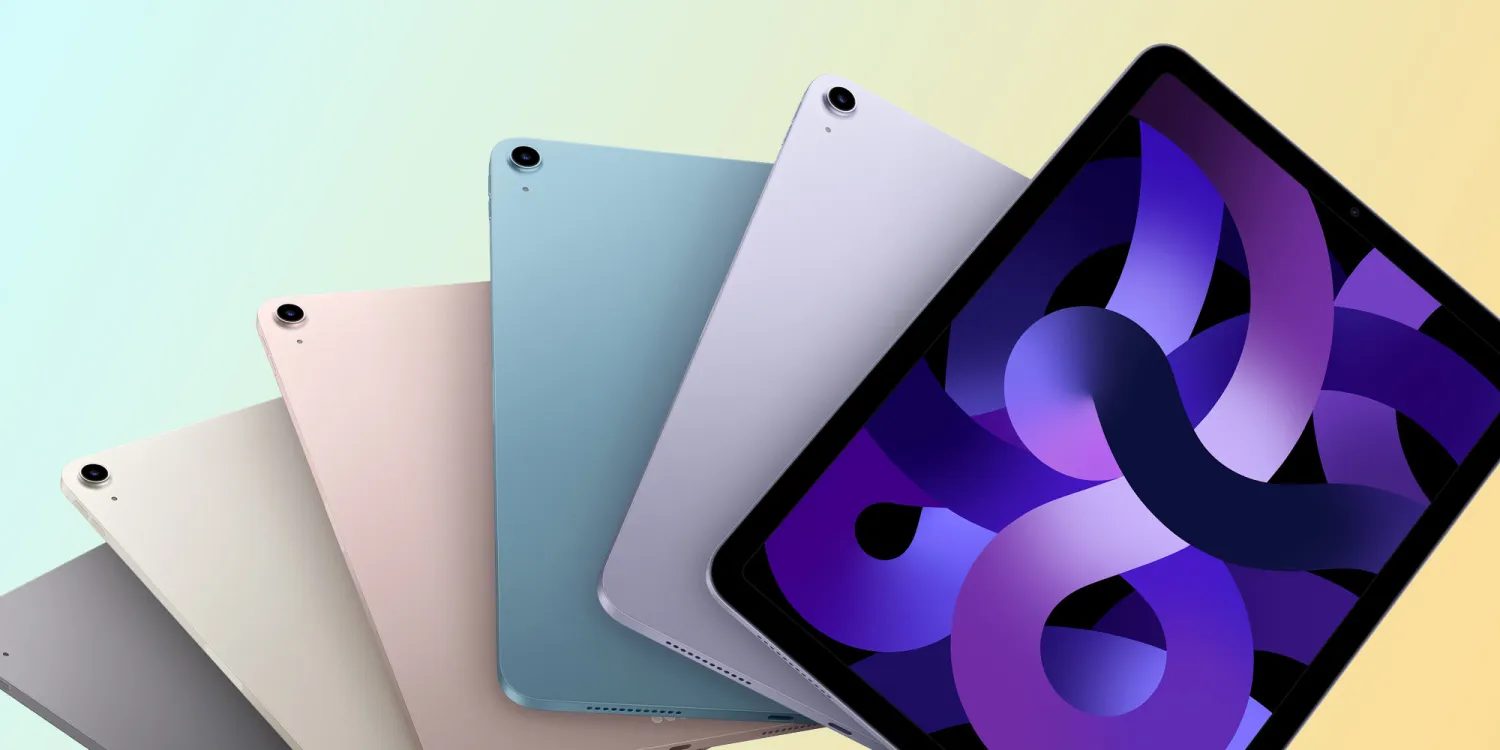
Apple Shipped an Estimated 65.9 Million iPhones in Q4 2018: Strategy Analytics
Apple shipped up to 65.9 million iPhones in Q4 2018, according to analysts.

As of this quarter, Apple will no longer provide a breakdown of unit sales of the of the iPhone, iPad, and Mac devices, so we can only go by what analysts predict.
According to a report by Strategy Analytics, Apple shipped as many as 65.9 million iPhone units during the first fiscal quarter of 2019 (Q4 2018), down from 77.3 million a year ago, representing a 15 percent YoY decline. The new report comes just a day after the Cupertino company officially revealed that the iPhone install base hit 900 million units during the quarter.
“Global iPhone shipments fell sharply, due to high retail pricing, unfavourable foreign exchange rates, intense competition from rivals like Huawei, battery replacement programs driving longer ownership cycles, diminished carrier subsidies in some developed markets, and flagging demand in some emerging markets,” reads the report.
However, rival company Canalys estimated a smaller annual sales decline of 7.3 percent to 71.7 million units. Both used Apple’s official figure of 77.3 million iPhone shipments during fiscal Q1 2018 in their annual comparisons.
As a result of this decline in iPhone sales, the revenue generated from the lineup of devices was down a whopping 15% or $9 billion USD during the period to $52 billion. It was this that led to Apple’s large dip in performance throughout the quarter — the company earned $84.31 billion USD, down from the record $88 billion achieved twelve months earlier.
While the majority of the revenue shortfall was to weakness in the Chinese market, Apple CEO Tim Cook also admitted earlier today that the 2018 lineup’s pricing had played a role. Because of this, the Cupertino-based firm announced that it would be lowering iPhone prices in certain markets in the hope of boosting sales.
While both research companies noted weakness in Asia as a key factor in the declines, Strategy Analytics also cited the high cost of the devices “unfavourable foreign exchange rates” and stiff competition from rivals including Huawei. Owners are also hanging onto their devices for longer, while a reduction in carrier subsidies in some developed markets also played a part.

